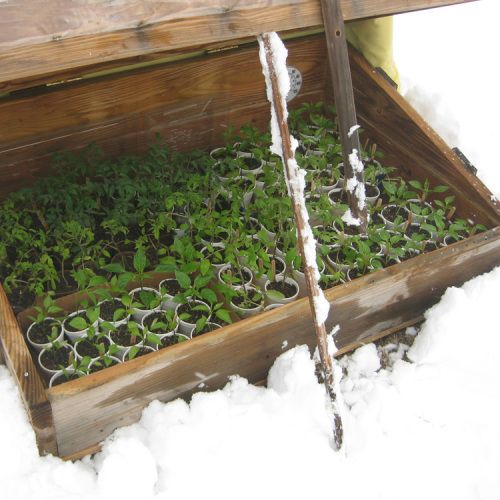
Here in the North Texas area, we normally need not worry about extreme, long winters. Nonetheless, we do get our share of killing frosts and freezes in late Fall or Winter. The most common way to guard against this is with the use of some type of covering. Additionally, the ability to trap the light and heat energy during the day is also valuable. The following are some of the many options available.
Coverings
Blankets, Sheets & Burlap
In a pinch, covering your garden’s plants with blankets and sheets work well as long as the fabric remains dry. If the fabric absorbs water, evaporative cooling can lead to colder temperatures adjacent to the blanket. Burlap sacks are also an option. Old blankets or comforters can significantly add to the frost protection. You will want to provide some raised support for the blankets if they are covering smaller fragile plants, so as not to damage them.
Floating Row Covers
Floating row covers are lightweight fabrics that lay directly over crops. Because they transmit light, they can provide protection over an extended period of time without having to be removed. As the plants grow taller, the plants push up the material. Row covers retain heat and protect against frost and wind, so crops can be planted earlier in the spring and harvested later in the fall. Floating row covers are popular in commercial vegetable production where the crops are planted in large blocks. Many brands and fabric types are commercially available.
Clear Plastic
Clear plastic film is another option to protect from frosts. When plastic is used as a covering, however, it must be held up off the plants. Plants are likely to freeze where the plastic touches them.
Cloches, Hot Caps & Teepees
Cloches
Low, transparent individual plant protectors, called cloches (or hot caps), are a good choice for plants spaced more than 8 inches apart, such as tomatoes, peppers, eggplant, etc. Cloches can be made from translucent plastic milk or juice jugs, glass jars, wax paper cones, or clear plastic bottles. One non-transparent option you can use when a freeze threatens are the various empty flower pots you probably have lying around.
Wall O’ Water®
A well-known example of a teepee-style protector is the Wall O’ Water®; a cone-shaped ring of connected plastic tubes filled with water that surrounds a single plant, like a tomato or pepper. This device works on the chemistry principle of heat release. There is a significant amount of heat released as water freezes and changes from a liquid phase to a solid (ice). I have personally recorded consistent temperatures that were slightly warmer inside a Wall O’ Water.
Tunnels
Plastic-covered tunnels make perfect mini-greenhouses for Fall or early Spring planting. Normally built with wire hoops, you can also use them to harden off seedlings started indoors. The wire hoops hold up a strip of plastic forming a tunnel-shape that goes down the growing bed. Then you bury the edges of the plastic with soil on all sides, or hold it down with weights. On a raised-bed box made with lumber, staple the plastic to the sides of the box. Low tunnels stand firmer in wind than the higher ones. If you know that the tunnels will have to hold up under heavy snow loads, you’ll definitely want sturdy support, such as fence wire or concrete reinforcing wire.
Cold Frames
A cold frame basically refers to an unheated, boxed-in growing area with a clear glass or plastic top that admits light through it and traps solar heat as a result. They traditionally have a sloped top that is positioned for maximum sun exposure. Cold frames can be built using a wood frame covered with plastic material. You can also use hay bales or cinder blocks for the walls. An old window frame makes a great top. The term ‘hotbed’ refers to a cold frame with a built-in heat source, normally electric.
General Tips
1. If you are expecting a frost or freeze, water your plants a day or two beforehand. Wet soil holds more heat than dry soil.
2. Be sure to cover your plants before dusk/sunset, as most of the trapped heat will have escaped afterwards.
3. If you are using a cold frame, you can add Christmas tree lights or candles inside it for added heat (plus it looks really cool at night).
What other methods or tips have you used to protect your plants?
Fine Gardening Recommended Products

A.M. Leonard Deluxe Soil Knife & Leather Sheath Combo
Fine Gardening receives a commission for items purchased through links on this site, including Amazon Associates and other affiliate advertising programs.

Chapin International 10509 Upside-Down Trigger Sprayer
Fine Gardening receives a commission for items purchased through links on this site, including Amazon Associates and other affiliate advertising programs.


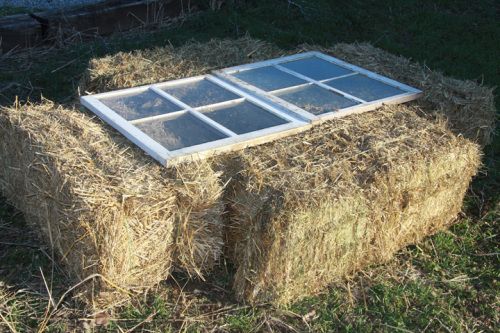
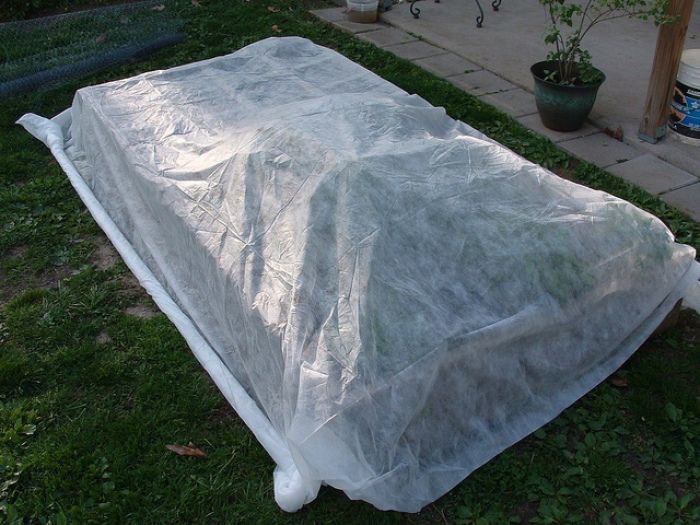
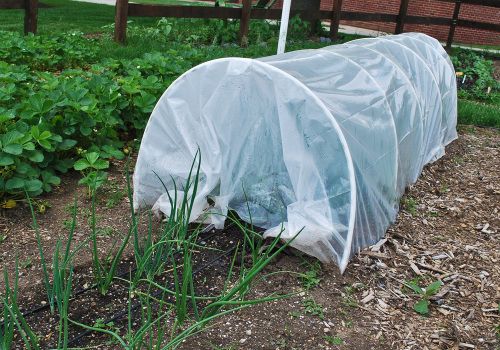
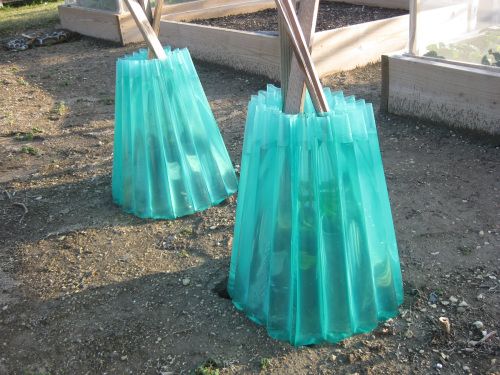
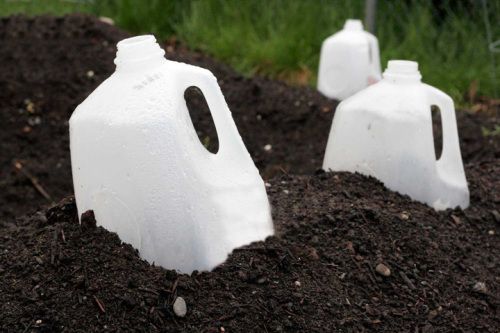
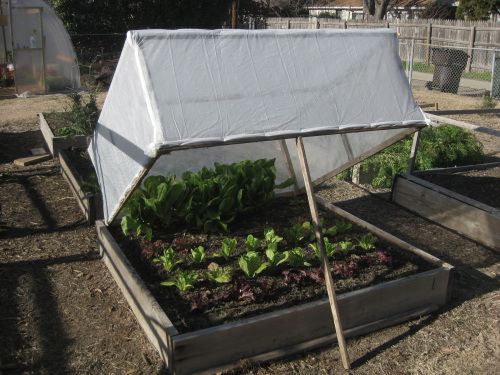



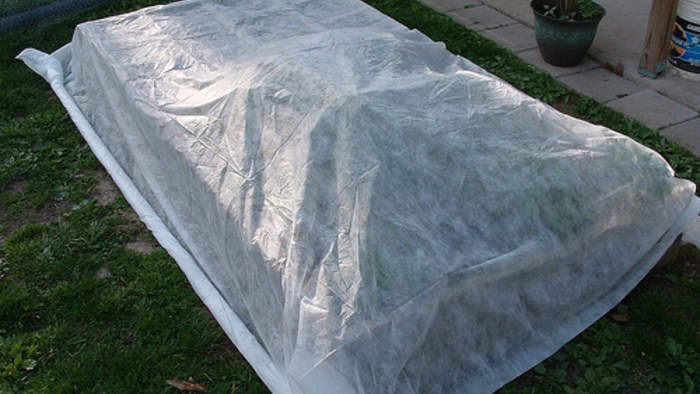













Comments
Log in or create an account to post a comment.
Sign up Log in